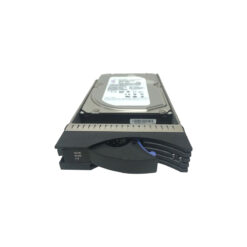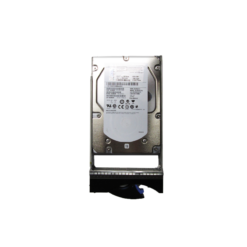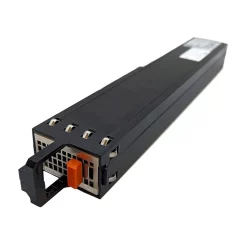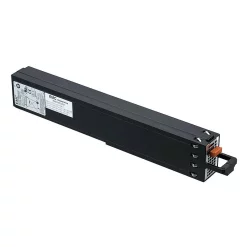Data-Centric Innovation: How EMC Unity All-Flash Architecture Drives Business Success
Key Features of EMC Unity All-Flash
- All-Flash Arrays: Designed for high performance and low latency.
- Simplicity and Ease of Use: Intuitive user interface and management tools.
- Converged Infrastructure: Integrates with existing EMC and third-party solutions.
- Scalability: Supports expansion with additional drives and storage pools.
Technical Architecture
The EMC Unity All-Flash array is architected to leverage the speed and efficiency of flash storage. The underlying architecture is built on dual-controller configurations to ensure high availability and data integrity.
Dual-Active Controllers
The Unity architecture uses dual-active controllers able to handle I/O concurrently. This architecture ensures balanced load distribution across controllers, preventing bottlenecks.
File and Block Protocols
- File Protocols: Supports NAS (NFS and CIFS/SMB) for file sharing.
- Block Protocols: Supports SAN (iSCSI, FC) for block-level storage.
Data Flow and Underlying Mechanisms
Unity handles data in several stages to optimize performance:
1. Data Ingestion
- Unity leverages a caching system which uses DRAM and NVMe NVRAM.
- Incoming writes are first acknowledged in the NVRAM for low latency.
2. Data Processing
- Advanced data reduction techniques such as inline deduplication and compression are employed.
- This minimizes storage footprint and reduces costs.
3. Data Storage
- Data is committed to SSDs in an optimized RAID configuration aimed at balancing performance with redundancy.
Comparison with Competing Technologies
A comparative analysis against competitive solutions like NetApp AFF and HPE 3PAR reveals:
| Feature | EMC Unity All-Flash | NetApp AFF | HPE 3PAR |
|---|---|---|---|
| Protocol Support | File & Block | File & Block | Block |
| Data Reduction | Yes, advanced | Yes, effective | Yes, less effective |
| Ease of Use | Highly intuitive | Moderate | Moderate |
Strengths and Weaknesses
- Strengths: High performance, excellent data reduction capabilities, easy integration with existing systems.
- Weaknesses: High initial cost and potential overkill for smaller workloads.
Real-World Use Cases
EMC Unity All-Flash arrays have been employed in various industries, providing tailored benefits.
Use Case 1: Financial Services
The need for real-time data processing and low-latency environments makes the financial sector a prime candidate. EMC Unity’s all-flash architecture enables faster analytics, improving decision-making processes and risk management.
Use Case 2: Healthcare
In healthcare, storing and retrieving imaging data quickly is critical. Unity’s high-performance storage capabilities facilitate rapid access, crucial for time-sensitive patient care scenarios.
Use Case 3: E-commerce
With transactional data storage and high-frequency I/O demands, e-commerce businesses benefit from Unity’s stability and speed, thus enhancing user experience and backend processing.
Conclusion
In rapidly evolving IT landscapes, organizations leveraging EMC Unity All-Flash architectures can drive efficiency, scalability, and data-centric innovation.












